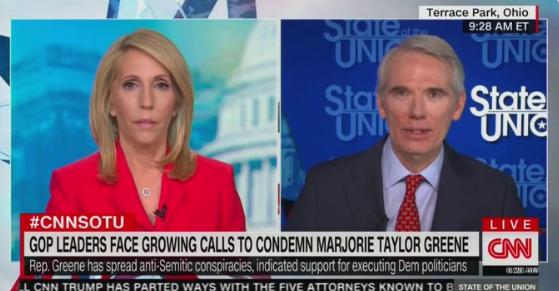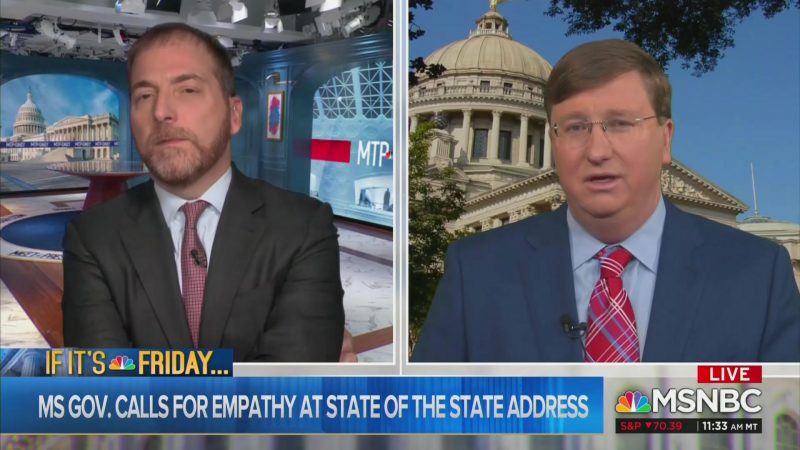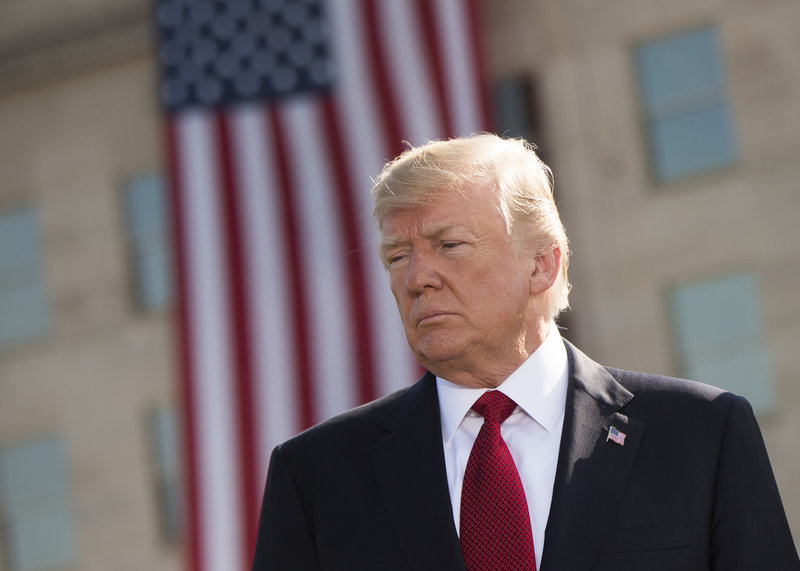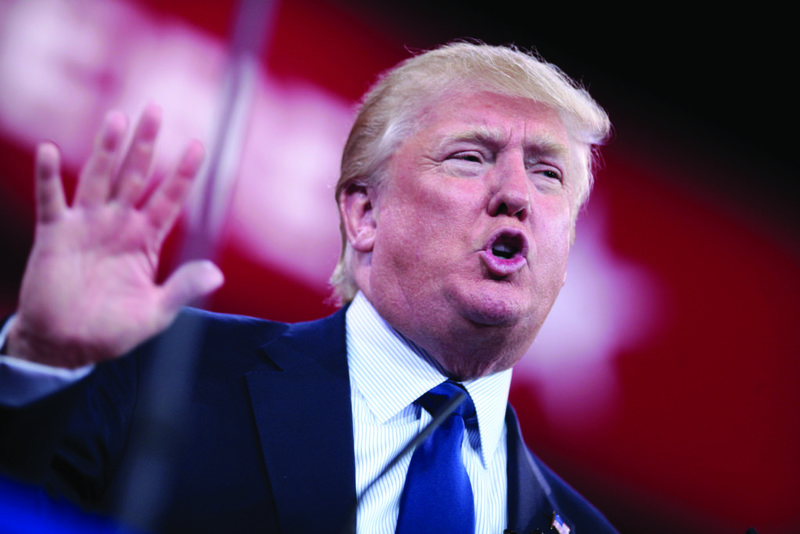How Donald Trump And Bernie Sanders Could Lead A Constitutional Revolution
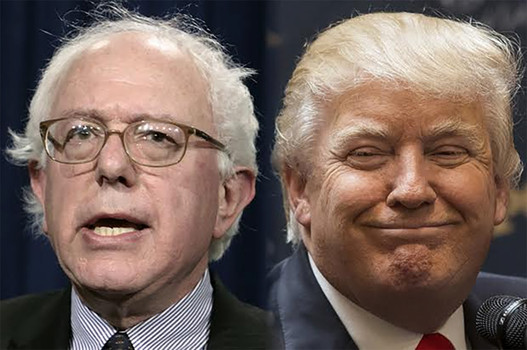
Let Trump run third-party. The Republican Party should grow a pair and stick to center-right conservatism. The GOP is a sinking boat watching silently as Donald Trump shoots the deck with nativist ammunition.
So kick him out. If he wants to start a fascist independent party, let him, but the RNC should not let the loudest voice in the room organize an openly racist mob and then give him its loyalty-pledged nomination.
And Bernie Sanders: run fourth party. Our two-party political system is failing us, and it is time for a political revolution.
Trump and Sanders could dual-handedly force America into a multi-party electoral system, and bring actual, systemic change to our politics. If committed to genuine political fragmentation, the four new parties could then agree to award legislative representation in Congress proportionally so that all four parties would receive the legislative power they democratically deserve. Proportionality would force Congress to more accurately represent the American people, and would also likely increase voter turnout because, with proportional legislative figuring, minority-party voters in states dominated by the majority party would matter. It would make the bi-party strategy of laughably gerrymandered districts irrelevant in the voting process, too. All of this sounds crazy, but stay with me.
Now because our executive branch is vested in a single president with far-reaching administrative power, and because the four separate American parties are breaking apart with relative evenness, the next president would have to be elected with some aspect of electoral college coalition-building (again, if committed to complete political fragmentation) between our new far-left, center-left, center-right and far-right parties.
Given the lack of majority support inherent in a multi-party legislative system, American electoral law would have to only honor majority victories, rather than the simple plurality victories that have occasionally occurred in the past. This consequent coalitional system of executive politics would be much more democratic than our current system of winner-take-all, which is only adequate, or rational, with two closely matched parties.
And this is where the political revolution passes the rubicon of constitutional radicalism because the Constitution would have to be redesigned. However, change is not inherently bad, and these proposed changes certainly would make America more of a democracy. The fact is that America is a republic and not a democracy, and our bi-party political system is increasingly pushing us away from democratic ideals.
This is not to blame the Founding Fathers, however, who created an intricate electoral process in which artificial states, via primaries and caucuses, technically elect the president inside of the electoral college. Our government was designed for actual people to effectively vote only for the state’s electoral voting decision. Therefore, the power of the people in executive elections is wielded indirectly through a state’s elector-representatives.
This made sense when the Founders drafted the Constitution because the individual colonies were culturally and politically unique, but after the Constitution’s ratification a two-party system quickly developed into the unnecessarily polarized majority-minority political system we have today.
Our Founding Fathers were extremely enlightened, given that they created a highly functional government from scratch, and are to be commended for their efforts in crafting a Constitution that grants sovereignty to the president from the people rather than absolutist claims of an inheritable mandate.
However, the Enlightenment of political philosophy continued on throughout the political revolutions and reforms of the 19th Century, and, despite the number of years since ratification, we have had only 27 amendments added to our Constitution. The number of changes may be small, but the magnitude of the changes is significant: the abolition of slavery, the enfranchisement of women and Native Americans, the creation of presidential term limits, etc. With democratic omissions such as forced enslavement, clearly the Constitution was far from perfect to begin with, and it is, therefore, counterproductive to believe that America has nothing to learn from other, more modern governments.
Chief among these modern governments is the practicality of a multi-party system. In America we have a choice between only two parties, and because the proportion of representation is awarded in a winner-takes-all fashion, it is virtually impossible for a third party to take root in our government.
This is why America is a republic rather than a democracy. And the most republican aspect of our national election is the electoral college, which serves as an undemocratic safeguard against a mobilized citizenry. The circumstances of the electoral majority needed to elect presidents allow for candidates to win the presidency despite losing the popular vote.
This has happened four times, in 1824, 1876, 1888 and 2000, and it could happen in 2016 if the Democratic and Republican Parties divide meiotically into a four-way competition between Hillary Clinton of the Democrats, Bernie Sanders of the Social Democrats, Marco Rubio(?) of the Republicans and Donald Trump of the Nationalists. Assuming committed fragmentation once again for the sake of this hypothetical, the next president conceivably could be elected without winning either a popular vote majority or an electoral college majority.
This happened in the election of 1824 when four candidates ran and split the electoral votes without a clear majority. Andrew Jackson won a plurality of both the electoral vote and the popular vote, but lost the election to John Quincy Adams in a House of Representatives vote following an allegedly “corrupt bargain.” Coupling this Congressional election of the president with the Supreme Court’s judicial election of the president in 2000, it is apparent that America is a rare modern democracy in which the chief executive can be elected without popular support.
It may be a controversial idea to question the foundations of our government, but the Founders are not exempt from critical review. And neither is the Constitution. Our government was profoundly bold with it’s Declaration of Independence, and it’s Bill of Rights was an enlightened and unprecedented abolition of monarchy. But after 239 years, it is not heresy to suggest that our political system has aged considerably from the effects of 37 new states, a thoroughly (perhaps destructively) limiting bi-party system and of course modernity, and there are a plethora of examples of multi-party democracies in Europe with which we could emulate. There are many governments more democratic than ours, with fewer protections against democratic movements of landless plebeians.
Now, to prevent any perceived negativity regarding America, let’s keep this all in context and remember that the Founding Fathers were all white, male landowners, and that America’s early political conventions were therefore not the fantastically democratic endeavors we like to think of them as. The reason our electoral system was set up in order to protect against a mobbish popular vote in the first place was to protect the rights of private property, especially in the agro-slave South, against social revolution. Rich people have been afraid of forced economic equality since, pretty much, forever, and our Founders were not ready to sacrifice the wealth of the colonial landed gentry for true democracy.
Also, keep in mind that because our uniting colonies were hardly like-minded on any issue, the Constitution is a stunning work of compromise. The southern colonies would never have agreed to a federal government limiting their economic rights to slavery, and neither would the small colonies have agreed to a national legislature without a senate to protect their legislative representation against much larger colonies. The compromises needed to bridge these divides were pragmatic agreements made in order to get a majority of colonies to adopt the Constitution, rather than to promote true democracy. The Constitution was not perfect, but that’s okay. Again, changes to the Constitution are not inherently bad.
In Election 2016, it would be revolutionary to change America from a republic into a democracy via a sudden multi-party fracturing of our political system, but this revolution could be a peaceful realignment of our democratic self-interests. Four parties—Democrats and Republicans plus Social Democrats and Nationalists—would do much to make our elections and, especially, Congress more democratic. And once we get going, why stop at just four parties? Maybe a Green Party would emerge, or a communist party or some middle-of-the-political-spectrum party. If new political parties can generate interest and win votes, why should our democracy not allow them to participate in our government if they have the support of the people?
It is politically absurd to believe that our contemporary elections between two, entirely polarized parties existentially opposed to each other in eternal majority-minority power clashes is the best way to govern an unprecedentedly diverse nation of 320 million people. Maybe some constitutional evolution would do us good.
Image via Progressives Today

